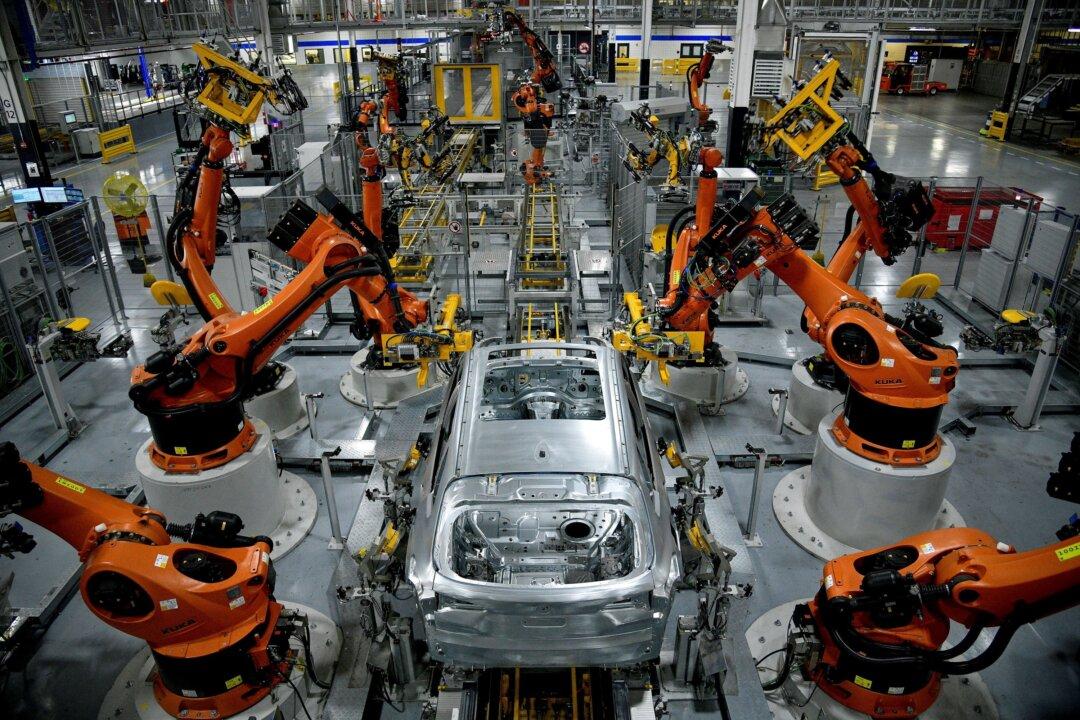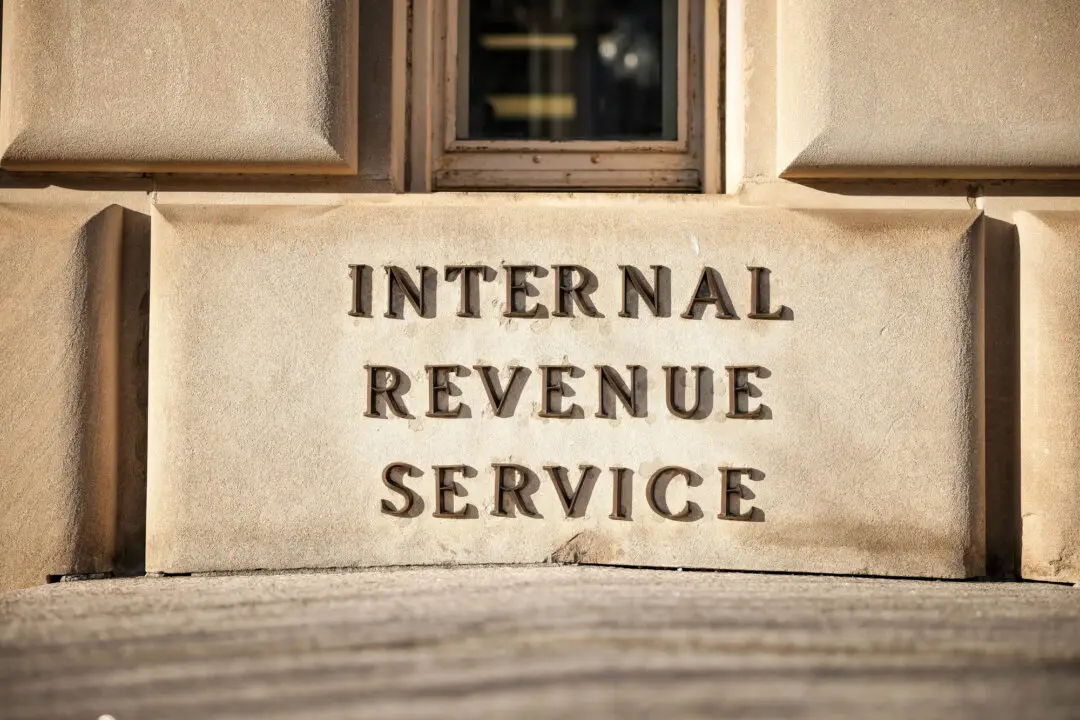Producer prices rose above expectations in July, marking their biggest 12-month increase on record and reinforcing broader concerns about inflation as higher production costs tend to filter down to consumers.
According to a Labor Department statement (pdf), for the 12 months ending in July, the producer price index (PPI) jumped by 7.8 percent, the highest number in the history of the series, which dates to 2010. Economists polled by Investing.com were expecting a 7.3 percent rise in the PPI final demand measure.





